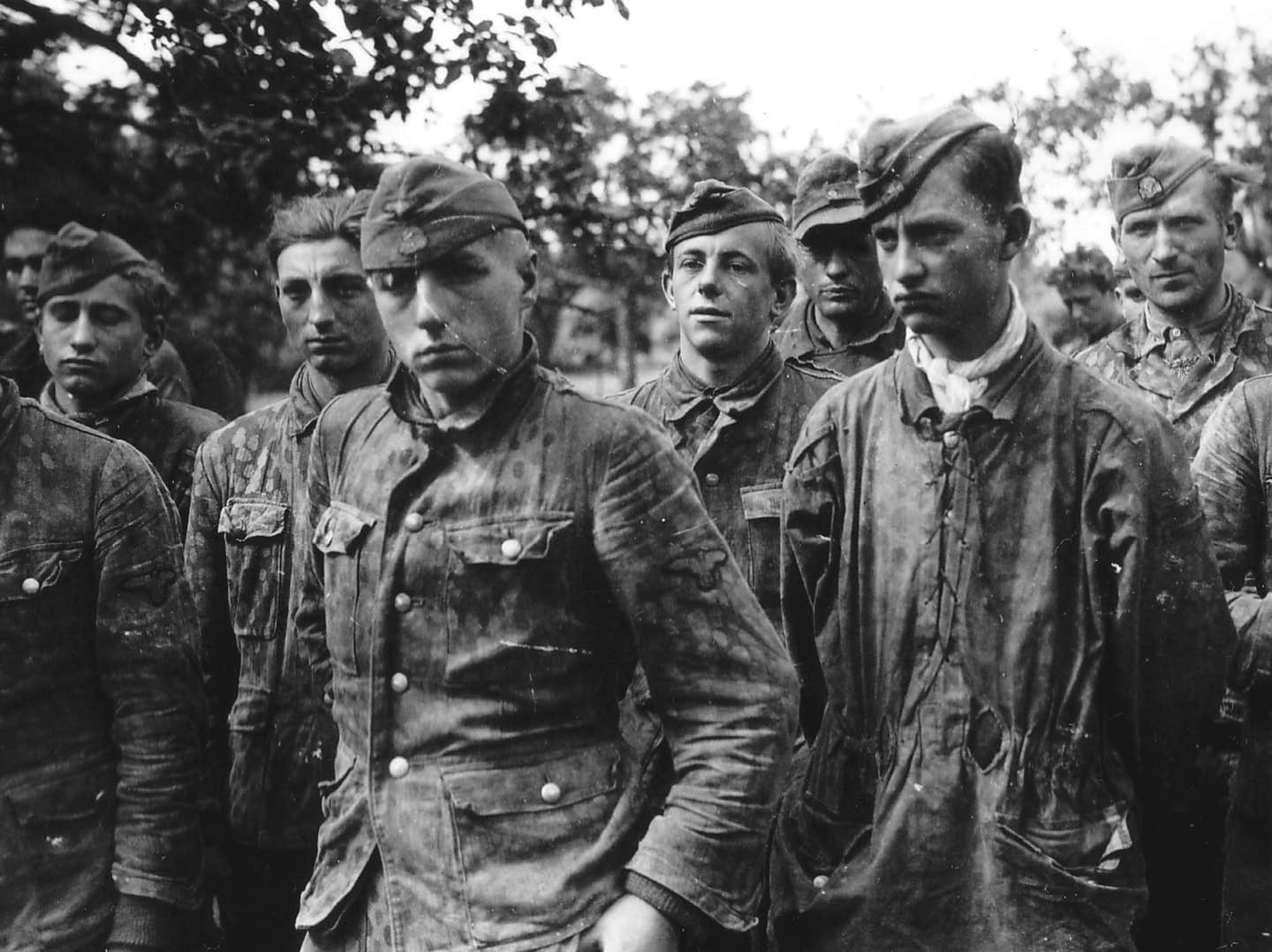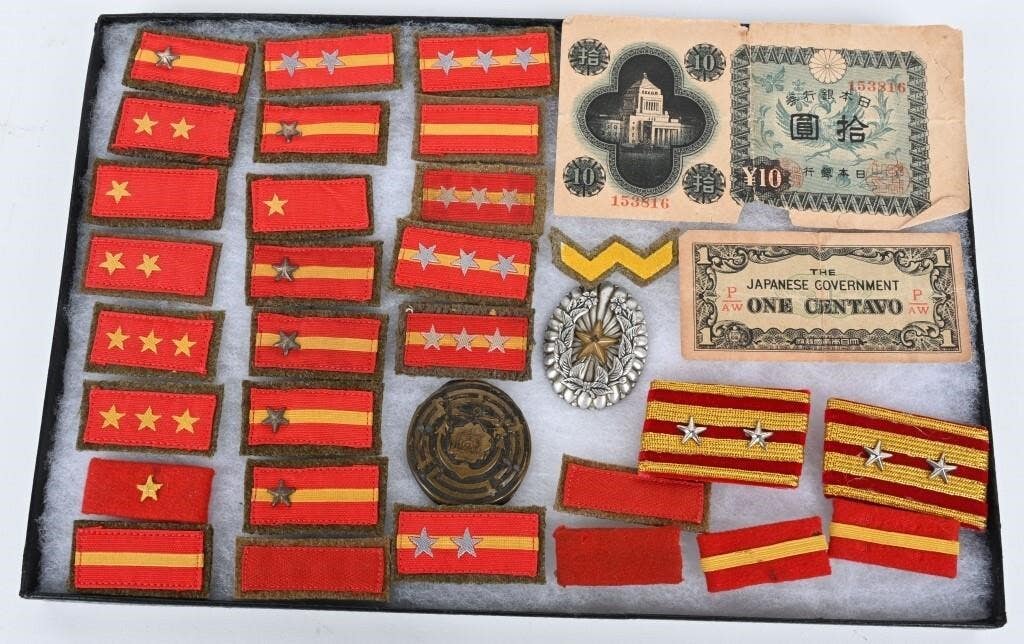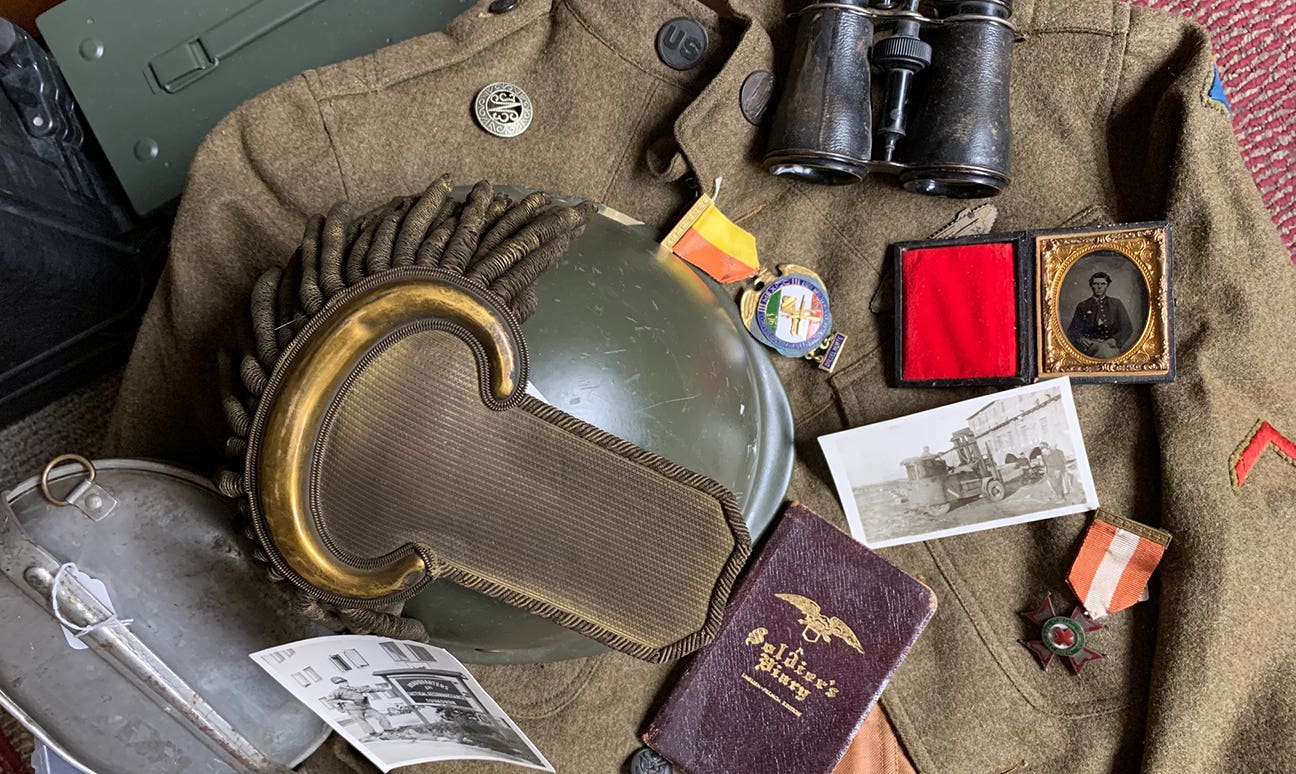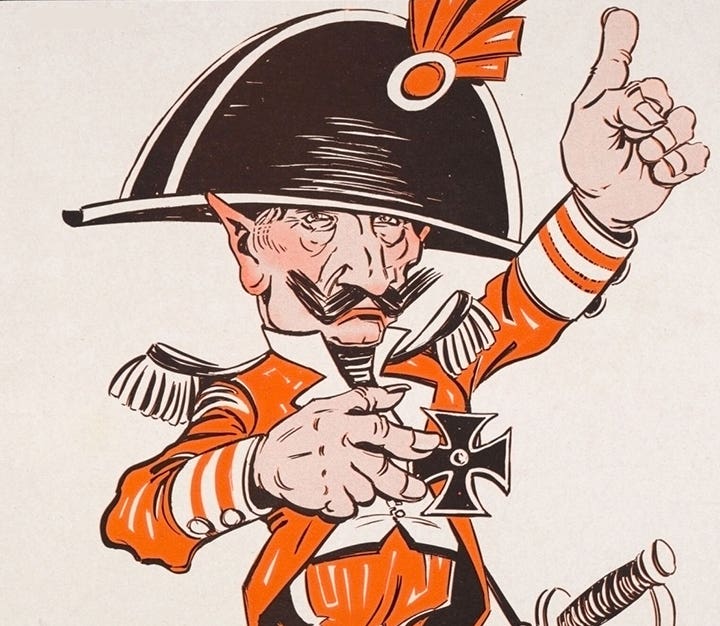Rosie the Riveter: A True Symbol of Labor
Labor Day is one of those days when the original meaning is lost in a mix of smoke from grills, exhaust from millions of cars as Americans scramble to enjoy…
Labor Day is one of those days when the original meaning is lost in a mix of smoke from grills, exhaust from millions of cars as Americans scramble to enjoy one last day before “summer ends.” This clamor to enjoy ourselves, however, sometimes relegates the significance of Federal holidays to the background.
LABOR DAY: WHAT DOES IT MEAN?
The first Monday in September, Labor Day is a creation of the labor movement and is dedicated to the social and economic achievements of American workers. It constitutes a yearly national tribute to the contributions workers have made to the strength, prosperity, and well-being of our country.
Through the years, our Nation has placed an increasing emphasis to Labor Day. The first governmental recognition came through municipal ordinances passed during 1885 and 1886. From these, a movement developed to secure state legislation. The first state bill was introduced into the New York legislature, but the first to become law was passed by Oregon on February 21, 1887. That same year, four more states - Colorado, Massachusetts, New Jersey, and New York - created the Labor Day holiday by legislative enactment. By the end of the decade Connecticut, Nebraska, and Pennsylvania had followed suit. By 1894, 23 other states had adopted the holiday in honor of workers, and on June 28 of that year, Congress passed an act making the first Monday in September of each year a legal holiday in the District of Columbia and the territories.
The form that the observance and celebration of Labor Day should take was outlined in the first proposal of the holiday - a street parade to exhibit to the public "the strength and esprit de corps of the trade and labor organizations" of the community, followed by a festival for the recreation and amusement of the workers and their families. This became the pattern for the celebrations of Labor Day. Speeches by prominent men and women were introduced later, as more emphasis was placed upon the economic and civic significance of the holiday. Still later, by a resolution of the American Federation of Labor convention of 1909, the Sunday preceding Labor Day was adopted as Labor Sunday and dedicated to the spiritual and educational aspects of the labor movement.
Rosie: A True Labor Icon
“We Can Do It!” proclaimed by a defiant, strong woman with her sleeves rolled up and scarf over her hair is recognized throughout the world as “Rosie the Riveter.” The image of the indefatigable woman willing to take up the labor vacated by hundreds of thousands of men who had gone to war became a national symbol during WWII. But, as recognizable as Rosie was then-and remains today-that woman isn't the original Rosie the Riveter.
The term "Rosie the Riveter" was first used in 1942 in a song of the same name written by Redd Evans and John Jacob Loeb. Numerous artists recorded the song, including the popular big band leader Kay Kyser. The song portrays "Rosie" as a tireless assembly line worker, who earned a "Production E" award doing her part to help the American war effort. The song became a nationwide hit. Inspiration for the duo's character probably drew on Veronica Foster, Canada's poster girl for women participating in the war effort. The Canadians dubbed Foster, “Ronnie the Bren Gun Girl.”
As the War raged in Europe and the Pacific, the song "Rosie the Riveter" filled radio waves across the home front. Manufacturing giant Westinghouse commissioned Pittsburgh artist J. Howard Miller to make a series of posters to promote the war effort. One such poster featured the image of a woman with her hair wrapped up in a red polka-dot scarf, rolling up her sleeve and flexing her bicep. At the top of the poster, the words 'We Can Do It!' were printed in a blue caption bubble. Miller is thought to have based the poster on a UPI wire service photograph of Geraldine Hoff, a 17-year-old working as a metal-stamping operator.
Westinghouse's intent was to use the series of posters to boost morale and keep production high-not recruit more women workers. The manufacturing giant showed it to employees in the Midwest for a two-week period in February 1943--then it disappeared for nearly four decades! In fact, the name “Rosie” was not associated with the original image. It was during the 1980s when it was rediscovered and associated with feminism did it mistakenly taken on the label, “Rosie the Riveter.”
However, in 1943, Norman Rockwell did create an image of “Rosie” for the cover of the Saturday Evening Post on May 29, 1943--the Memorial Day issue (not a Labor Day-related effort!). The muscular woman wearing overalls, goggles and pins of honor on her lapel. sports a leather wrist band and rolled-up sleeves. Rockwell's original sat with a riveting tool in her lap, eating a sandwich. "Rosie" was inscribed on her lunch pail. The original Rosie was painted stepping on a copy of Adolph Hitler's book Mein Kampf.
Reader quickly recognized this to be "Rosie the Riveter" from the familiar song. Rockwell had based the pose of his Rosie on that of Michelangelo's 1509 Sistine Chapel ceiling image of the prophet Isaiah. The model was a Vermont resident, 19-year-old Mary Doyle, who was a telephone operator near where Rockwell lived, not a riveter. Doyle posed twice for Rockwell's photographer, Gene Pelham, as Rockwell preferred to work from still images rather than live models.
The Post's cover image proved hugely popular. Stories about real life "Rosies" began appearing in newspapers across the country. The government took advantage of the popularity of “Rosie the Riveter” and embarked on a recruiting campaign of the same name, and the magazine loaned the to the U.S. Treasury Department for use in war bond drives. The campaign brought millions of women out of the home and into the workforce.
After the war the Rockwell "Rosie" was seen less and less because of a general policy of vigorous copyright protection by the Rockwell estate. In 2002, the original painting sold at Sotheby's for nearly $5 million. In June 2009, the Crystal Bridges Museum of American Art in Bentonville, Arkansas acquired Norman Rockwell's iconic Rosie the Riveter painting for its permanent collection from a private collector.
But while Rockwell's image actually depicted a character named “Rosie the Riveter,” the J. Howard Miller "We Can Do It!" image has replaced it in the public's mind as the “real” Rosie. Miller's Rosie has been imprinted on coffee mugs, mouse pads, and countless other items, making her-and not the original "Rosie"-the most famous of all labor icons.
Preserve the Memories,
John Adams-Graf
Editor, Military Trader and Military Vehicles Magazine
John Adams-Graf ("JAG" to most) is the editor of Military Trader and Military Vehicles Magazine. He has been a military collector for his entire life. The son of a WWII veteran, his writings carry many lessons from the Greatest Generation. JAG has authored several books, including multiple editions of Warman's WWII Collectibles, Civil War Collectibles, and the Standard Catalog of Civil War Firearms. He is a passionate shooter, wood-splitter, kayaker, and WWI AEF Tank Corps collector.








